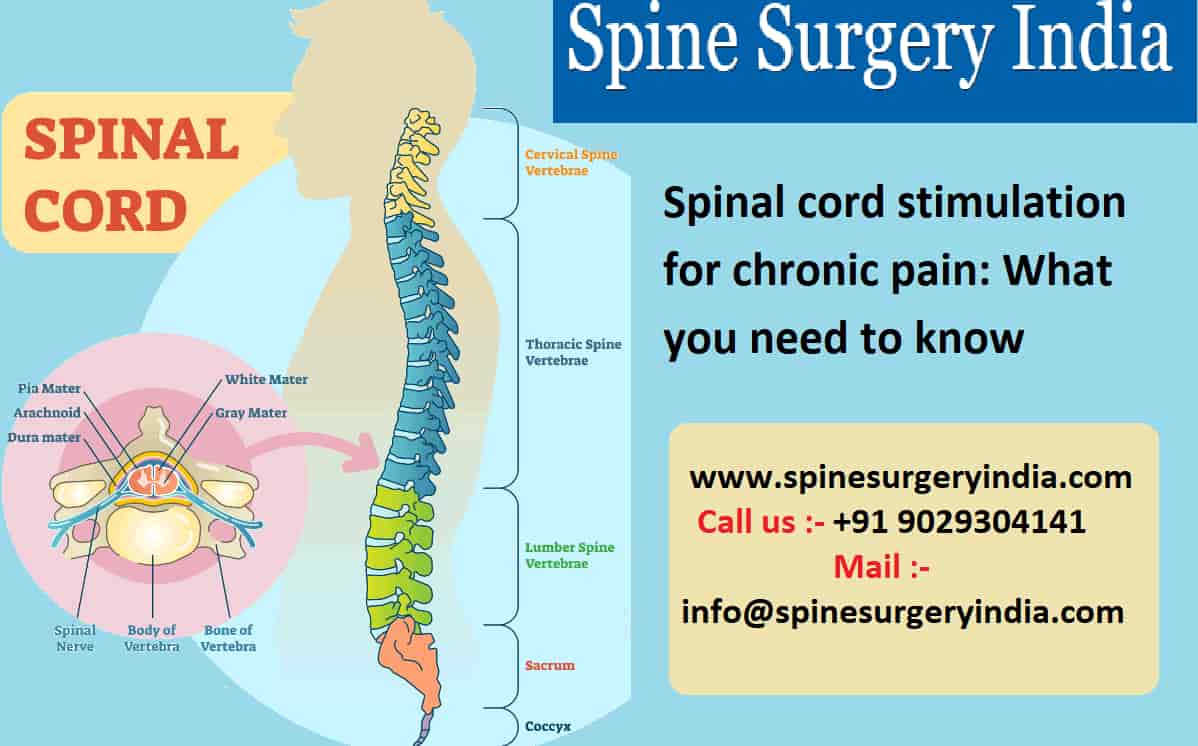
When there is a lumbar herniated disc it will put pressure on the sciatic nerve which runs through the legs. The outcome is that the pain spreads from your lower back to the legs, including your toes. According to the study, people who suffer from sciatica face difficulty in walking, sitting or standing for long periods of time.
The sciatica symptom is radiating pain from your lower back to your legs or buttocks. The following are the symptoms that are associated with sciatica:
- You will feel the pain like somebody is giving you an electric shock.
- You will experience the intensity of the pain which varies from being mild to severe.
- Your pain will be increased if you have a cough or you sneeze.
- Sitting for a long duration makes the pain worse.
- You may experience numbness or tingling like sensation in your affected leg.
What is Sciatica and causes of Sciatica?
Sciatica is a common type of pain which affects the sciatic nerve and also a large nerve extending from your lower back down the back of your every leg. Mainly, the irritations of the root(s) of the lower lumbar caused sciatica, however, the following are some additional causes of sciatica:
- Spondylolisthesis: This is a condition where your one vertebra slips forward over another vertebra.
- Lumbar spinal stenosis: This is a condition where narrowing of your spinal canal in the lower back occurs.
- Degenerative disc disease: This is a condition where your disc gets breakdown which acts as cushions between the vertebrae.
- Pregnancy: This is a condition where the baby puts pressure on the sciatic nerve.
- Muscle spasm: This is a condition which put pressure in your back or buttocks.
Other things also increase your back pain which includes your excess body weight, wearing high heels, not exercising regularly, or sleeping on a mattress that is too hard or too soft.
Sciatica is a condition which usually affects only one side of the lower body. The pain which extends from your lower back through your back of the thigh and down through the leg. The pain may also be extended to your foot or a toe which mainly depends on where the sciatic nerve is affected.
Diagnoses of Sciatica
The surgeons at Spine Surgery India will perform a complete medical history of the patient to diagnose sciatica. The surgeons will suggest the patients some basic exercises that stretch the sciatic nerve. A pain that shoots down the leg while performing these exercises usually is an indication of sciatica.
In case, you experience pain or more than 4-8 weeks then the surgeons at Spine Surgery India will conduct imaging tests such as an X-ray or MRI which help them to identify what is compressing the sciatic nerve and causing the symptoms in your spine.
Treatments to Treat Sciatica
At Spine Surgery India we have different treatment options to treat acute and chronic sciatica individually and these are as follows:
(A) Acute sciatica Treatments: Most of the cases of acute sciatica can be responded by self-care which includes the following:
- You can take Over-the-counter painkillers such as ibuprofen, which are easily available in the market.
- Acute sciatica can be treated by following some exercises such as walking or light stretching.
- You can use hot or cold compression packs which helps in reducing pain and they are easily available in the markets or you can purchase them online as well.
(B) Chronic sciatica Treatments: Chronic sciatica can be treated with the combination of self-care measures and medical treatment which are as follows:
- Physical therapy: At Spine Surgery India, we will provide physical therapy which is done by trained professionals who have a great experience in diagnosing physical abnormalities, maintaining and restoring physical function, restoring the mobility, and promoting physical activity, etc.
- Cognitive behavioral therapy (CBT): This is a treatment which helps in managing chronic pain by training people to react differently to their pain.
- Painkillers.
(C) Exercises and Stretching: The pressure on the sciatic nerve can be relieved by doing exercises and stretching. This involves the following:
- By doing exercises or stretching the symptoms of sciatica will be alleviating by their own.
- Try to reduce or avoid taking medications where it can be possible.
- Try to find out some longer-term comfort and relief during flare-ups.
(D) Surgery: At Spine Surgery India, the spine surgeons recommend surgery as the last option when acute and chronic treatments are failed to provide relief. The Surgical options include the following:
- Lumbar laminectomy: This is a surgery in which the spine surgeon will wide your spinal cord in the lower back which reduces pressure on the nerves.
- Discectomy: This is a surgery where your spine surgeon will remove the partial or entire herniated disc.
What are the Risk Factors for Sciatic Nerve Pain?
The following are some common risk factors of the sciatic nerve pain and these are:
- Age: Age is one of the most common risk factors especially the cases of higher risk of developing sciatica occurs in the age of 30s and 40s.
- Profession: If you are in the jobs which require lifting up heavy objects for a long period of time it will develop the condition of sciatica.
- Sedentary lifestyle: If you are in a sitting job and you sit for a long period of time which means you are less physically active and this will develop the condition of sciatica in you as people who are active have fewer chances of developing the condition of sciatica.
Is the condition of sciatica can be prevented?
There are some cases, where the condition of sciatica can be prevented; such as changes in several lifestyles can reduce the chances of developing sciatica, including regular exercise and use of proper posture while standing, sitting upright, and lifting objects can help to prevent the condition of sciatica.
Spine Surgery India is a medical tourism company which provides you with the best treatment options to get rid of the condition of sciatica and you can live a normal life as earlier. For more details visit Spine Surgery India.
Related posts
Jan25
Nov15
Jul24
Sep05



















